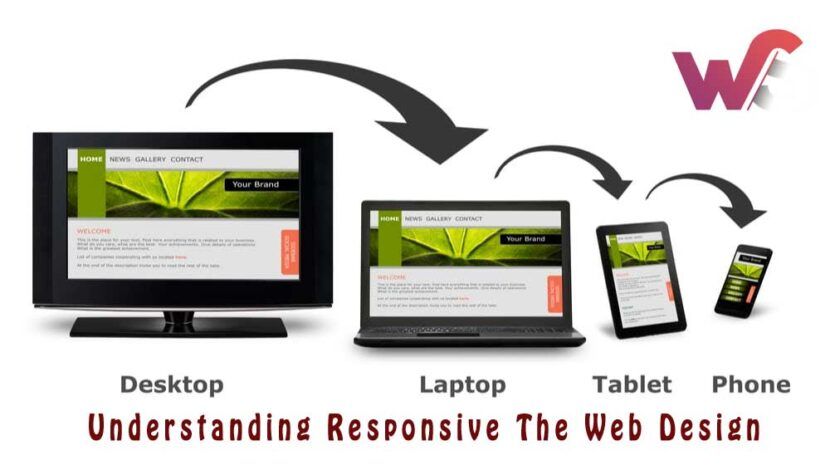Responsive web design is the cornerstone of modern web development, ensuring that websites adapt seamlessly to various devices – from desktops to smartphones. Let’s explore the origins of this revolutionary concept and its evolution over time.
Origins: A Journey of Evolution
Meet Ethan Marcotte, the visionary behind “Responsive Web Design.” His groundbreaking work paved the way for a new era in web development, where adaptability became the cornerstone of design philosophy. From fixed screen sizes to the dynamic layouts we know today, the evolution of responsive design has transformed the digital landscape.
The Power of Responsive Design
Discover the undeniable benefits of embracing responsive design for your website:
Elevate User Experience: Responsive design enhances readability, interaction, and overall user experience across all devices.
Boost SEO Performance: Search engines favor responsive websites, thanks to factors like faster loading speeds and streamlined content.
Enhance Loading Speed: Responsive design optimizes loading times, ensuring quick access to content across various devices.
Essential Design Considerations
To harness the full potential of responsive design, keep these key considerations in mind:
Embrace a “Mobile-First” Approach: Prioritize adaptability from smartphones to desktops during the design process.
Focus on Minimalism: Avoid clutter by emphasizing quality components over unnecessary elements.
Foster Collaboration: Effective communication between design and development teams is crucial for defining responsive behaviors.
Breakpoints and Beyond: Designing for Every Device
Breakpoints are pivotal moments in responsive design, where content adjusts to enhance user experiences. Leading websites showcase innovative approaches to responsive design, optimizing layouts for diverse devices.
Examples of Responsive Design in Action
Explore how top websites implement responsive design strategies:
YouTube: Fluid layouts and intuitive navigation enhance the user experience across devices.
Google Maps: From desktops to mobile devices, Google Maps optimizes layouts for seamless navigation.
Conclusion: Embrace the Future of Web Design
Responsive design isn’t just a trend – it’s the future of web development. By embracing its principles, you can captivate audiences and deliver exceptional user experiences, ensuring your website remains relevant in today’s digital landscape.
Frequently Asked Questions (FAQ)
Q: Why is responsive web design important? A: Responsive web design ensures that your website looks and functions seamlessly across all devices, enhancing user experience and accessibility.
Q: How does responsive design benefit SEO? A: Responsive websites are favored by search engines due to factors like faster loading speeds and streamlined content, leading to improved search rankings.
Q: What is a “mobile-first” approach? A: A “mobile-first” approach prioritizes designing for mobile devices first, ensuring adaptability to larger screens like desktops and tablets.
Unlock the Potential with Wscentre
Ready to streamline your design collaboration? Join thousands of satisfied users who rely on wscentre for unparalleled design collaboration, handoff, and version control.
 Request A Quote
Request A Quote
 Have a project in mind? Get in Touch
Have a project in mind? Get in Touch